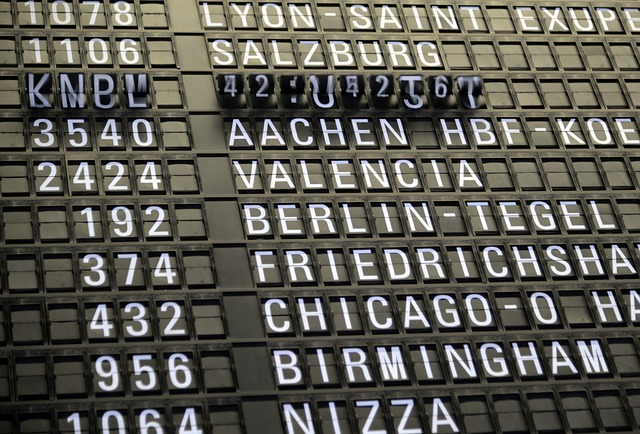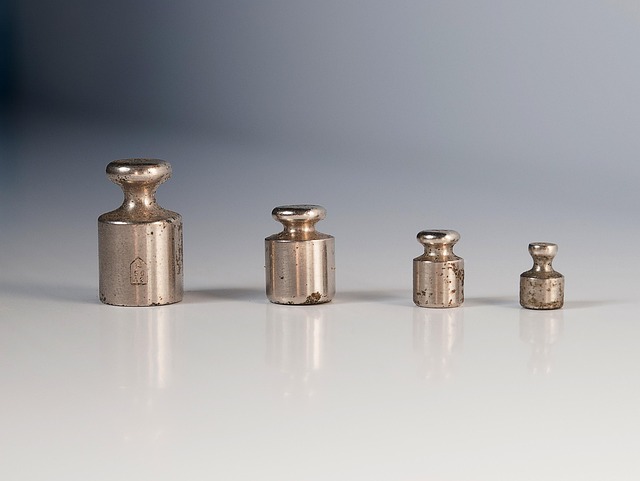The Evolution of Function Buttons in Metaverse Hardware
As we stride into the immersive world of the metaverse, the technological nuances that enable these experiences become increasingly vital. At the heart of this evolution lies the function button—a seemingly simple component that, over time, has transformed into a critical interface for both virtual reality (VR) and augmented reality (AR) hardware.
The Role of Function Buttons in Virtual Reality
In virtual reality, where users are transported into entirely different realms, the function button takes on an essential role. Traditional game controllers have gone through a significant evolution, moving beyond simple buttons to multifunctional panels and touch-sensitive surfaces. As VR headsets like the Oculus Quest or HTC Vive continue to push the boundaries of immersive gameplay, these buttons serve not only as a means to navigate menus but also to trigger intricate features that enable a deeper, more interactive experience.
The tactile feedback of a well-placed function button can mean the difference between feeling immersed in a fantastical world and merely viewing it. For instance, a single press might trigger a critical game event, while a long press can bring up rich menu options. This versatility has made VR devices more intuitive, allowing users to explore their environments naturally and instinctively.
The Impact on Augmented Reality
After delving into the realms of VR, augmented reality introduces an entirely different perspective on interactivity. In AR, the function button plays a crucial role in merging digital content with the real world. Devices like Microsoft’s HoloLens employ sophisticated sensors and gesture recognition, yet the humble button remains a staple for ease of access.
As users interact with holographic objects superimposed on their environment, a simple tap on a function button can trigger various functionalities—from manipulating virtual items to executing commands that enhance real-time collaboration. Here, the function button isn’t just a tool; it’s a bridge that seamlessly connects users to rich digital overlays that elevate everyday tasks.
The Future of Function Buttons in the Metaverse
As we look ahead to the future of the metaverse, the evolution of the function button will undoubtedly continue. Innovations such as haptic feedback, voice commands, and motion controllers indicate that the traditional button could transform significantly or even potentially become obsolete. However, its essence will remain—a means of interaction that acts as an anchor in a space where the digital and physical worlds converge.
The emotional resonance of a well-designed function button lies in its ability to empower users. It invites individuals to explore uncharted territories of creativity and connectivity, offering control and flexibility as they craft their experiences within the metaverse. Whether in virtual worlds or augmented realities, these buttons are much more than tech; they are a gateway to new adventures.
In this dynamic landscape, the evolution of the function button is a testament to the strides we are making in hardware technology. With each advancement, users can expect increasingly richer and more immersive experiences that reflect the growing sophistication of VR and AR interfaces.




